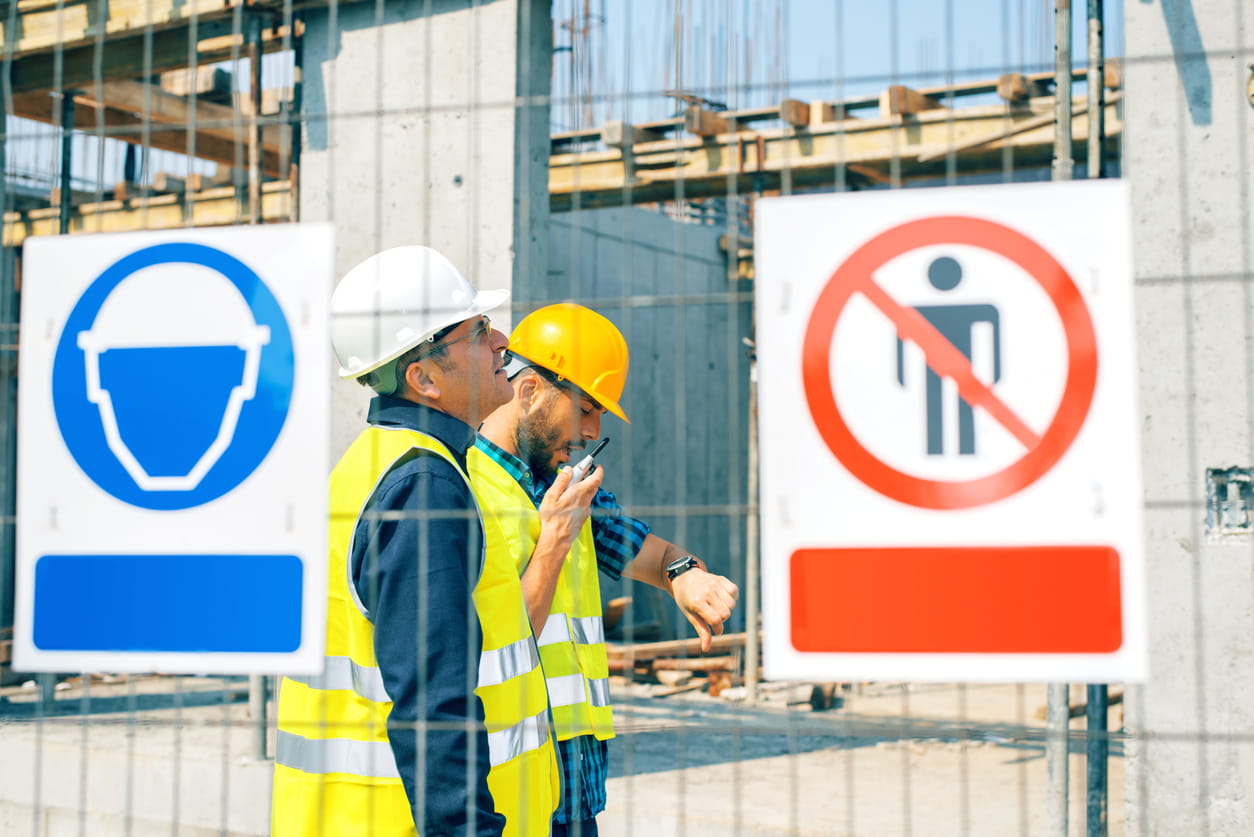Workplace Safety: Construction Industry
Published on Posted onPlease note that this post was written for Victorian audiences and the information within may not apply to other regions.
- Working at height
- Moving heavy objects and manual handling
- Slips, trips, and falls
- Noise
- Hand /arm vibration and overuse injuries
- Collapsing trenches
- Asbestos and other airborne fibres and materials
- Electricity
- Misuse of power tools and other equipment
It is common to be under both time and budgeting pressures, so shortcuts can at times appear appealing; but the long-term consequences are definitely not worth it.
We regularly see construction workers who suffer with career changing, long term injuries. The most common injuries are to their backs, shoulders and knees. These injuries impact not just their careers, but also their ability to meaningfully engage in social, recreational and domestic duties.
PREVENTION TIPS
An employer has a non-delegable obligation to provide a safe working environment as required by Australian Occupation Health and Safety laws (3). But workers also have an obligation to take reasonable measures to ensure their own safety.
Based on our experience, we recommend the following:
- Be alert to potential hazards and dangers
- Read, understand and follow any WorkSafe safety guidelines
- Conduct and adhere to Safe Work Method Statements (SWMS)
- Maintain equipment correctly, including conducting regular safety inspections
- Pay particular attention when working at heights. Use the appropriate device for the job and not just the most convenient one
- Secure ladders firmly (both at the top and the bottom if possible)
- Engage licensed professionals (as required) for work beyond your scope of practice
- Look out for less experienced co-workers who may be in danger of injury
- Rotate your duties and tasks so that you utilise different muscle groups throughout the day
- Request help or aids to lift and move heavy or awkward items
- Do not perform any work activity or use any equipment that common sense tells you that you shouldn’t
WHAT IF YOU ARE INJURED?
If you are injured at work, then you should lodge a WorkCover claim with your employer. Even if you are a sub-contractor, you may also have entitlements.
With an accepted claim you may be entitled to:
- Weekly payments
- Payment for medical and like expenses
- Potential lump sum claims if you have a permanent ongoing injury.
Zaparas Lawyers act on a ‘No Win, No Fee’ basis. In simple terms, this means that in the unlikely event that we don’t secure compensation for you, we will not charge you for any of our professional fees.

